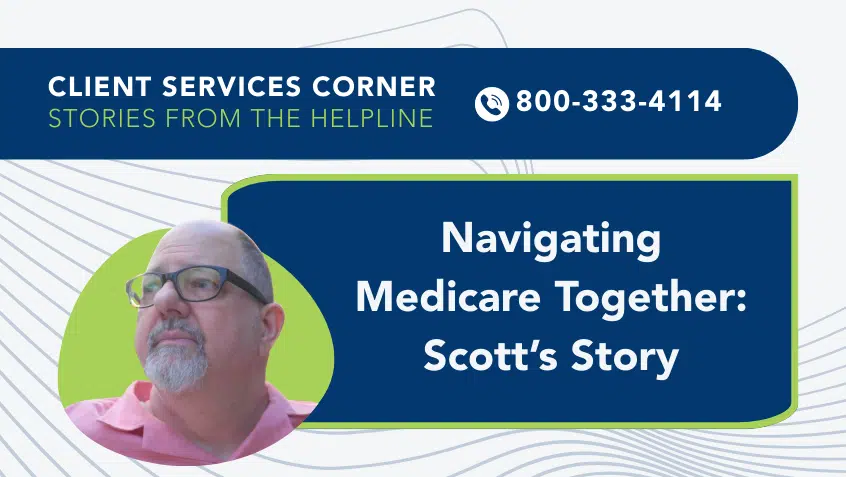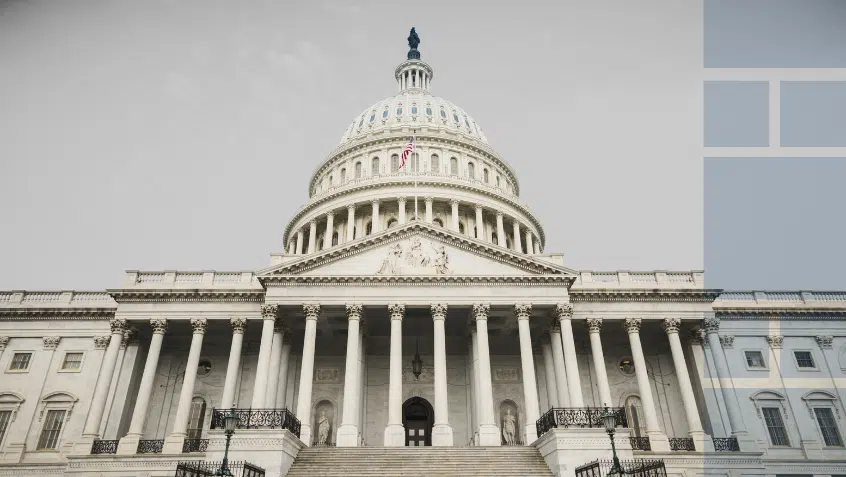Join Us Live for a Discussion on Medicare, Democracy, and the Future of Health Care
Trustees Project Three-Year Gain in Medicare Trust Fund Solvency

Last week, the Medicare Trustees released their annual report on the financial status of Medicare’s trust funds, projecting that the Hospital Insurance (HI) trust fund will be partially depleted and able to pay only 89% of benefits in 2031. This projected date is three years later than in last year’s report. To explain this improvement, the Trustees flagged lower-than-expected costs and higher-than-expected revenues.
As its name suggests, the HI trust fund helps pay for inpatient hospital care for people with Medicare. In addition, the HI fund helps cover hospice, skilled nursing facility care, and home health services that follow a qualifying hospital stay.
The HI trust fund is financed primarily by payroll taxes, which means that changes in the number of workers and their average wages change the revenues. For 2022, the economy recovered from several COVID-19 workforce challenges more quickly than the Trustees expected. Their projections for HI payroll tax income increased 16.6% over 2021 because of those higher employment and wage rates.
HI expenses were lower than expected because the COVID-19 pandemic made accurate projections impossible. The previous report assumed there would be a sharp uptick in services due to pent-up demand during the pandemic, but such an uptick did not occur. Despite these improvements, Medicare Advantage overpayment continues to play a role in driving up Medicare spending and depleting the HI trust fund.
The report also addresses the Supplemental Medical Insurance (SMI) trust fund, which covers Part B and some of Part D. The SMI trust fund is financed through a combination of premiums and general revenue amounts that change each year to account for projected spending. This means the SMI trust fund does not have the same funding pressure as the HI trust fund despite being responsible for more Medicare spending. Importantly, the Trustees project that the Inflation Reduction Act’s prescription drug changes will curtail some SMI spending for Part B and Part D and offset costs of the law’s Part D redesign. They note their long-range expenditure projections are “lower in the current report largely due to the projected impact of drug price negotiations and other price growth constraints included in the provisions of the IRA.”
The Trustees are careful to point out the uncertainties surrounding all Medicare projections. The 3-year extension of the trust fund compared to last year’s report shows that their estimates of spending and revenue are indeed just estimates. Looking ahead, COVID-19, potential economic changes, and health inflation could all play major roles in Medicare financing.
At Medicare Rights, we support commonsense reforms to Medicare financing that do not put the physical and financial health of beneficiaries at risk by cutting coverage or increasing out-of-pocket costs. The Inflation Reduction Act was a good first step. Policymakers should continue efforts to lower prescription drug prices and costs, fill gaps in coverage, and ease access to low-income assistance programs. These commonsense reforms would improve individual and systemic outcomes.
Read the 2023 Medicare trust fund report and fact sheet.
Show Comments
We welcome thoughtful, respectful discussion on our website. To maintain a safe and constructive environment, comments that include profanity or violent, threatening language will be hidden. We may ban commentors who repeatedly cross these guidelines.
Help Us Protect & Strengthen Medicare
Donate today and make a lasting impact
More than 67 million people rely on Medicare—but many still face barriers to the care they need. With your support, we provide free, unbiased help to people navigating Medicare and work across the country with federal and state advocates to protect Medicare’s future and address the needs of those it serves.
The Latest
Most Read
Add Medicare to Your Inbox
Sign up to receive Medicare news, policy developments, and other useful updates from the Medicare Rights.
View this profile on InstagramMedicare Rights Center (@medicarerights) • Instagram photos and videos









